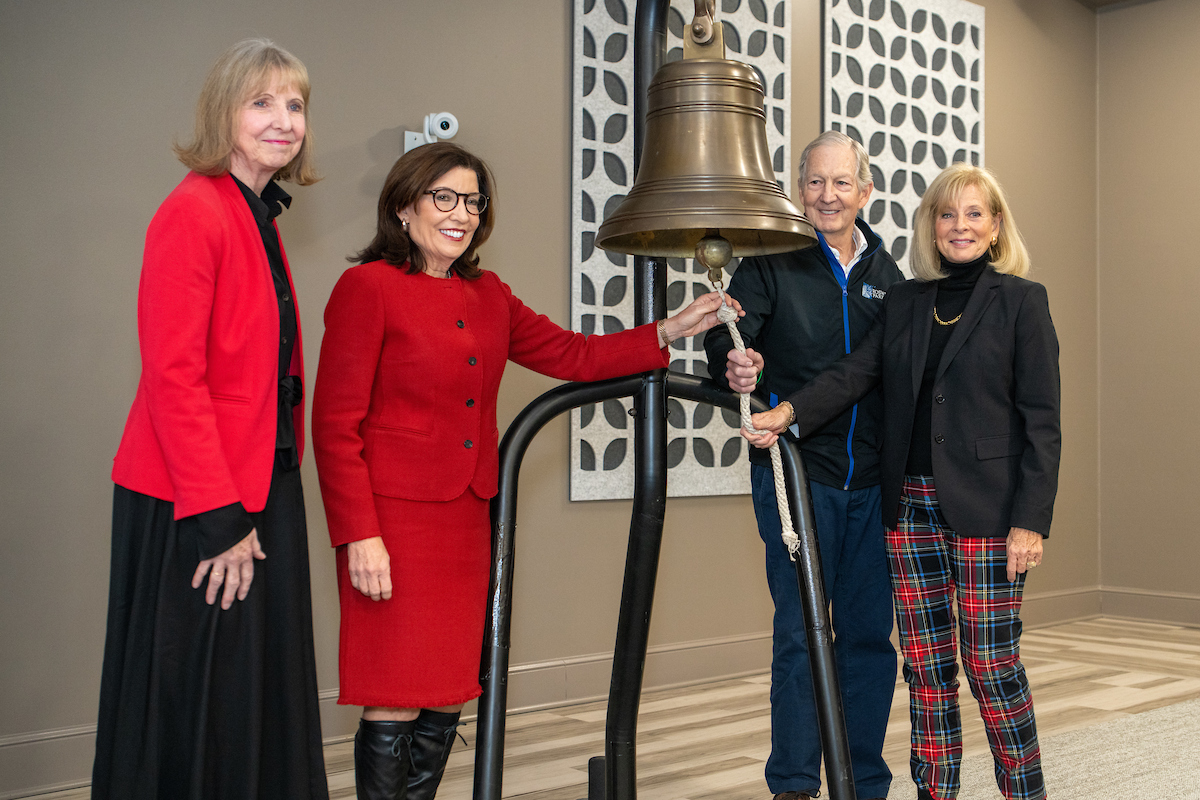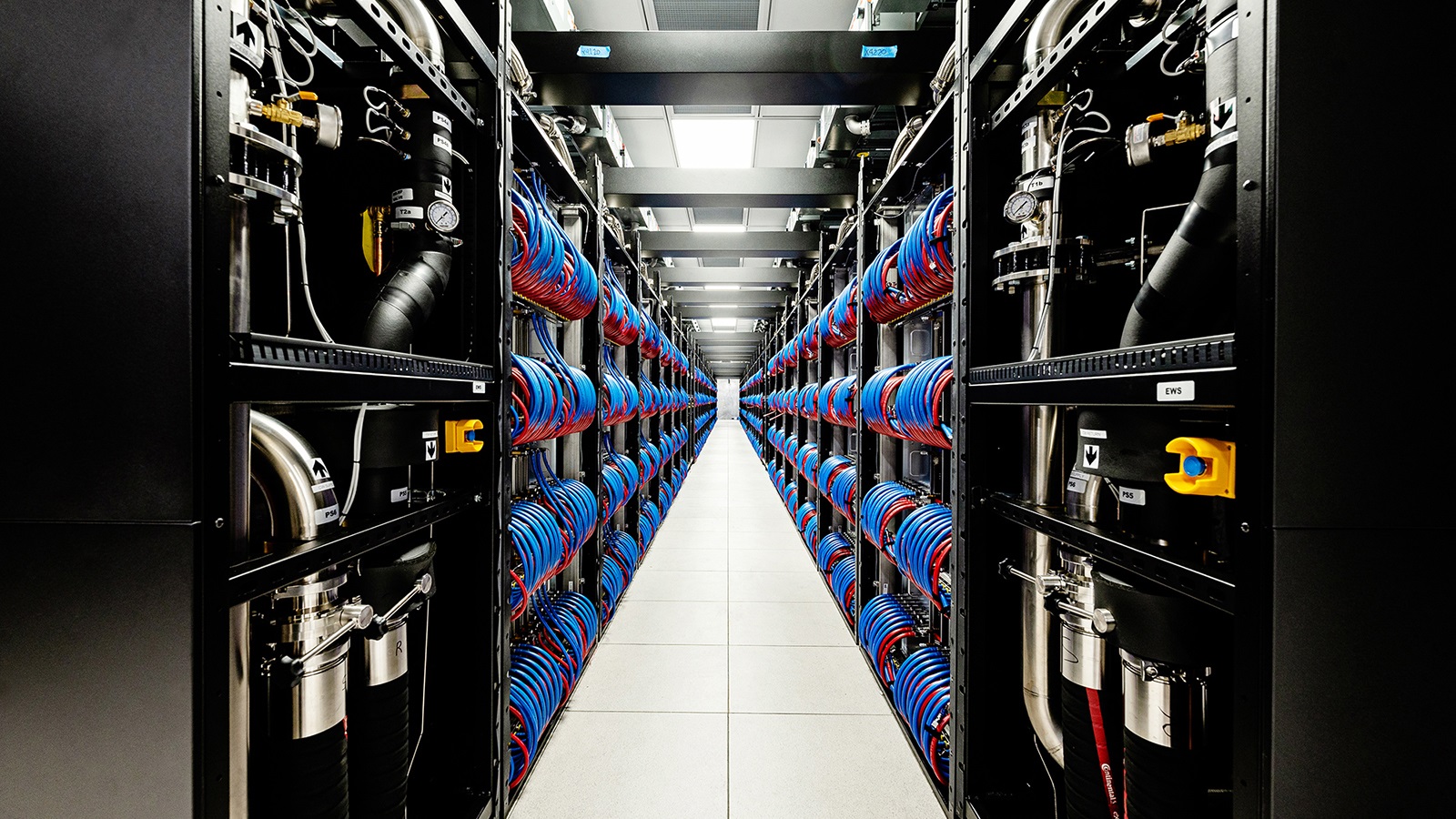In partnership with federal agencies such as the Air Force Research Laboratory’s Information Directorate and the Department of Homeland Security (DHS) Science and Technology Directorate (S&T), ORNL and CAISER will provide objective scientific analysis of the vulnerabilities, threats and risks — from individual privacy to international security — related to emerging and advanced artificial intelligence.
“One of the biggest scientific challenges of our time is understanding AI vulnerabilities and risks,” said ORNL Deputy for Science and Technology Susan Hubbard. “ORNL is already advancing the state of the art in AI to solve the Department of Energy’s most pressing scientific challenges, and we believe the lab can help DOE and other federal partners answer critical AI security questions while providing insights to policymakers and the public.”
CAISER expands the lab’s long-standing Artificial Intelligence for Science and National Security research initiative, which integrates ORNL’s unique expertise, infrastructure and data to accelerate scientific breakthroughs.
“There are real benefits the public and government can gain from AI technologies,” said Prasanna Balaprakash, director of AI programs at ORNL. “CAISER will put the lab’s expertise toward understanding threats and ensuring people can benefit from AI in safe, secure, peaceful ways.”
Past research has established that AI systems are vulnerable to different types of attacks. Adversaries can “poison” an AI model, for instance, by covertly injecting malicious data into the training dataset to intentionally corrupt and alter the output. Other studies have shown that small physical objects can fool an AI-based detection algorithm — a few small pieces of black tape on a stop sign, for example, can render the object unrecognizable to vehicle autopilot systems. Additionally, generative AI, such as ChatGPT and DALL-E, can be used to create entirely synthetic text and imagery, known as deepfakes, that are nearly indistinguishable from “real” content.
“We are at a crossroads. AI tools and AI-based technologies are inherently vulnerable and exploitable, which can lead to unforeseen consequences,” said Edmon Begoli, ORNL’s Advanced Intelligent Systems section head and CAISER founding director. “We’re defining a new field of AI security research and committing to intensive research and development of mitigating strategies and solutions against emerging AI risks.”
By elucidating a clear, science-based picture of risks and mitigation strategies, CAISER’s research will provide greater assurance to federal partners that the AI tools they adopt are reliable and robust against adversarial attacks.
“I think a lot about the challenges of our current era, as well as those that lie ahead in the uncharted territory of AI technologies and the very real threats that we’re working steadfast to understand and mitigate,” said the Honorable Dimitri Kusnezov, DHS Under Secretary for Science & Technology. “Throughout its history, DHS has always had a special partnership with DOE’s national laboratories, tirelessly pioneering ground-breaking science for American security. CAISER will play a critical role in helping us understand this future and addressing the looming threats together.”
CAISER provides a dedicated research center for the lab’s experts and collaborators to:
- Lead basic and applied scientific research into the vulnerabilities, risks and national security threats related to AI.
- Develop capabilities to test and evaluate the robustness and vulnerabilities of AI tools and products.
- Produce strategic reports and scientific studies in collaboration with industry and national security partners.
- Provide educational outreach and information to inform the public, policymakers and the national security community.
Initially, CAISER will focus on four national security domains that align with ORNL strengths — AI for cybersecurity, biometrics, geospatial intelligence and nuclear nonproliferation — in collaboration with national security and industry partners.
“Artificial Intelligence promises to do many wonderful things for nearly every aspect of society,” said Col. Fred Garcia, director of the AFRL Information Directorate. “CAISER gives hope that while the world rushes full force into AI implementation, they can rest assured that vulnerabilities are being studied and that the back door is being guarded. We’re excited to be part of this new research venture with ORNL.”
As ORNL celebrates its 80th anniversary this year, CAISER is a logical step in the laboratory’s history of solving big problems, advancing emerging fields of science and delivering global impact. With established programs in both cybersecurity research and AI research, ORNL is uniquely suited to launch CAISER and, with it, the field of AI security research.
“We’re very proud of the laboratory’s legacy of scientific discovery in nuclear energy, biological sciences, high-performance computing, materials research and artificial intelligence,” said Moe Khaleel, associated laboratory director for National Security Sciences at ORNL. “CAISER will approach the AI challenge in the same way, developing capabilities to scientifically observe, analyze and evaluate AI models in support of national needs.”
The Department of Homeland Security (DHS) Science and Technology Directorate’s (S&T) mission is to enable effective, efficient, and secure operations across all homeland security missions by applying scientific, engineering, analytic, and innovative approaches to deliver timely solutions and support departmental acquisitions. Created by Congress in 2003, S&T conducts basic and applied research, development, demonstration, testing and evaluation activities relevant to support Homeland Security and first responder operations and protect critical infrastructure. For more information about S&T, visit https://www.dhs.gov/science-and-technology.
UT-Battelle manages ORNL for the Department of Energy’s Office of Science, the single largest supporter of basic research in the physical sciences in the United States. The Office of Science is working to address some of the most pressing challenges of our time. For more information, please visit energy.gov/science.



